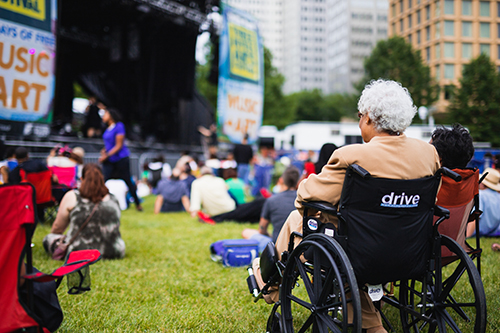Laurie Baskin is the Director of Research, Policy & Collective Action at Theatre Communications Group (TCG), a national organization that supports and promotes nonprofit theatre through networking, knowledge building, and leadership. In 2012, TCG partnered with Blue Star Families to launch Blue Star Theatres, an initiative intended to build stronger connections between the theatre community and military families through accessible admissions. Blue Star Families has also partnered with other organizations, including the National Endowment for the Arts for the Blue Star Museums initiative, to increase cultural access across the sector. In our Q&A, Baskin shares about the partnership and the difficulties and successes of the program.
Q: How did the partnership between TCG and Blue Star Families begin?
A: Through a contact at Signature Theatre in Virginia, our executive director was introduced to somebody at the Pentagon. They had a conversation about active duty and veteran programming, and the connection was made to Blue Star Families, an organization dedicated to supporting active-duty military families.

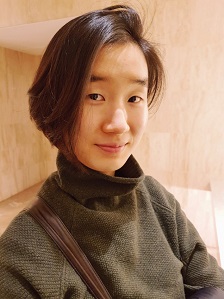
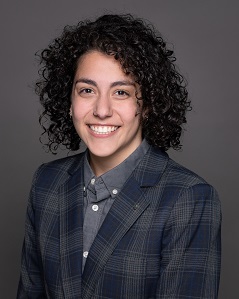
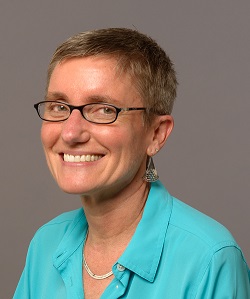

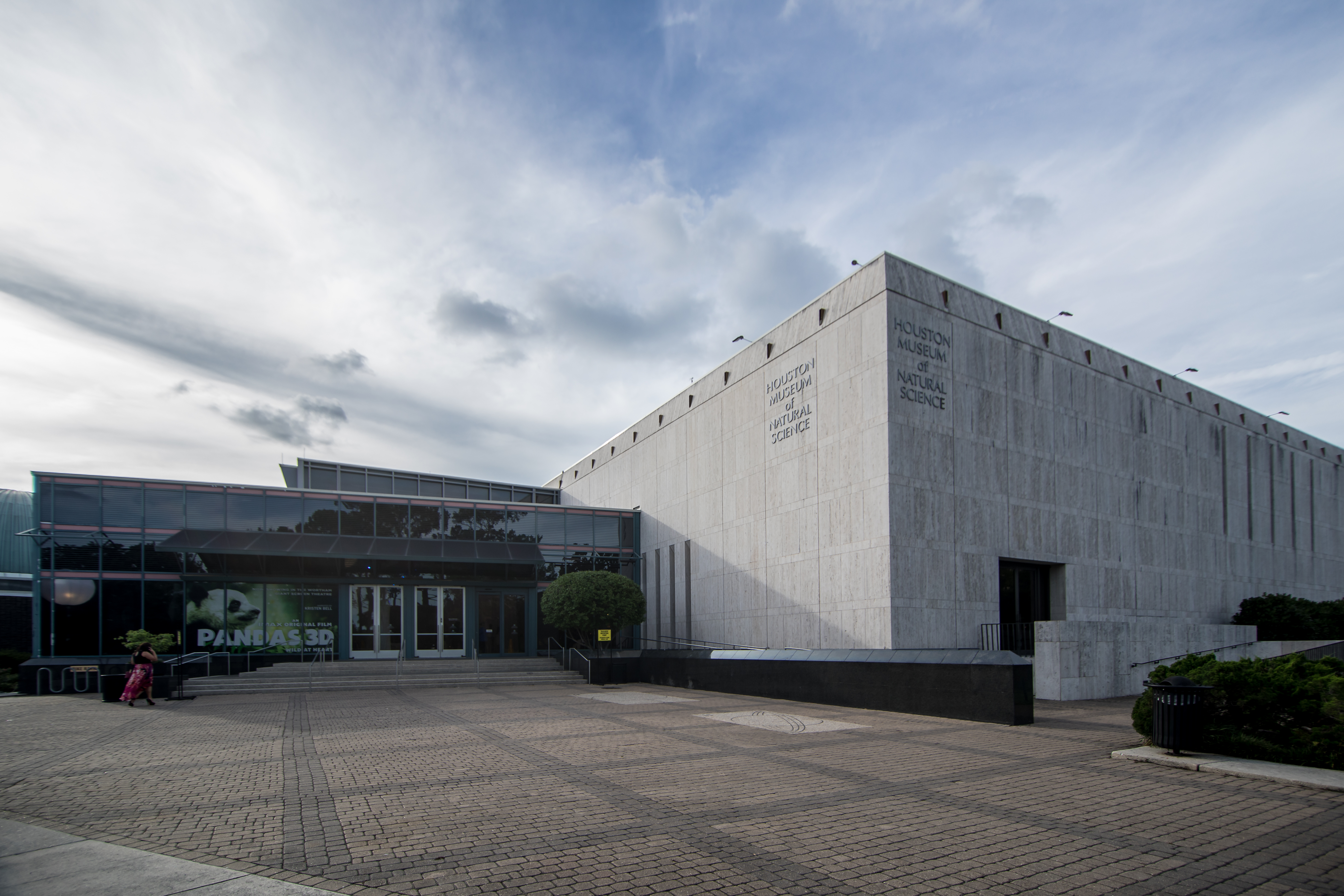

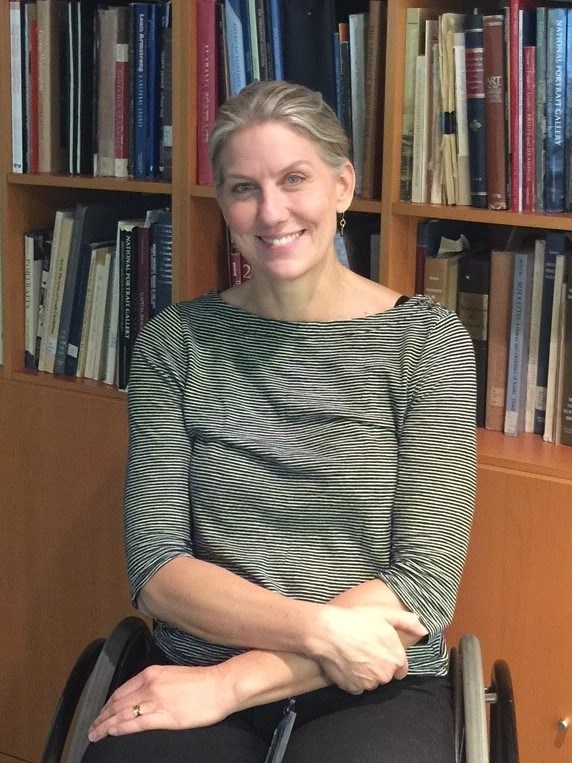 Vanessa Jones is the first person to hold the position of Access Programs Specialist at the Smithsonian Institution’s National Portrait Gallery. Although she has been a paraplegic wheelchair user since the age of 18, Jones’ diverse career in the arts didn’t begin with an eye towards accessibility.
Vanessa Jones is the first person to hold the position of Access Programs Specialist at the Smithsonian Institution’s National Portrait Gallery. Although she has been a paraplegic wheelchair user since the age of 18, Jones’ diverse career in the arts didn’t begin with an eye towards accessibility.